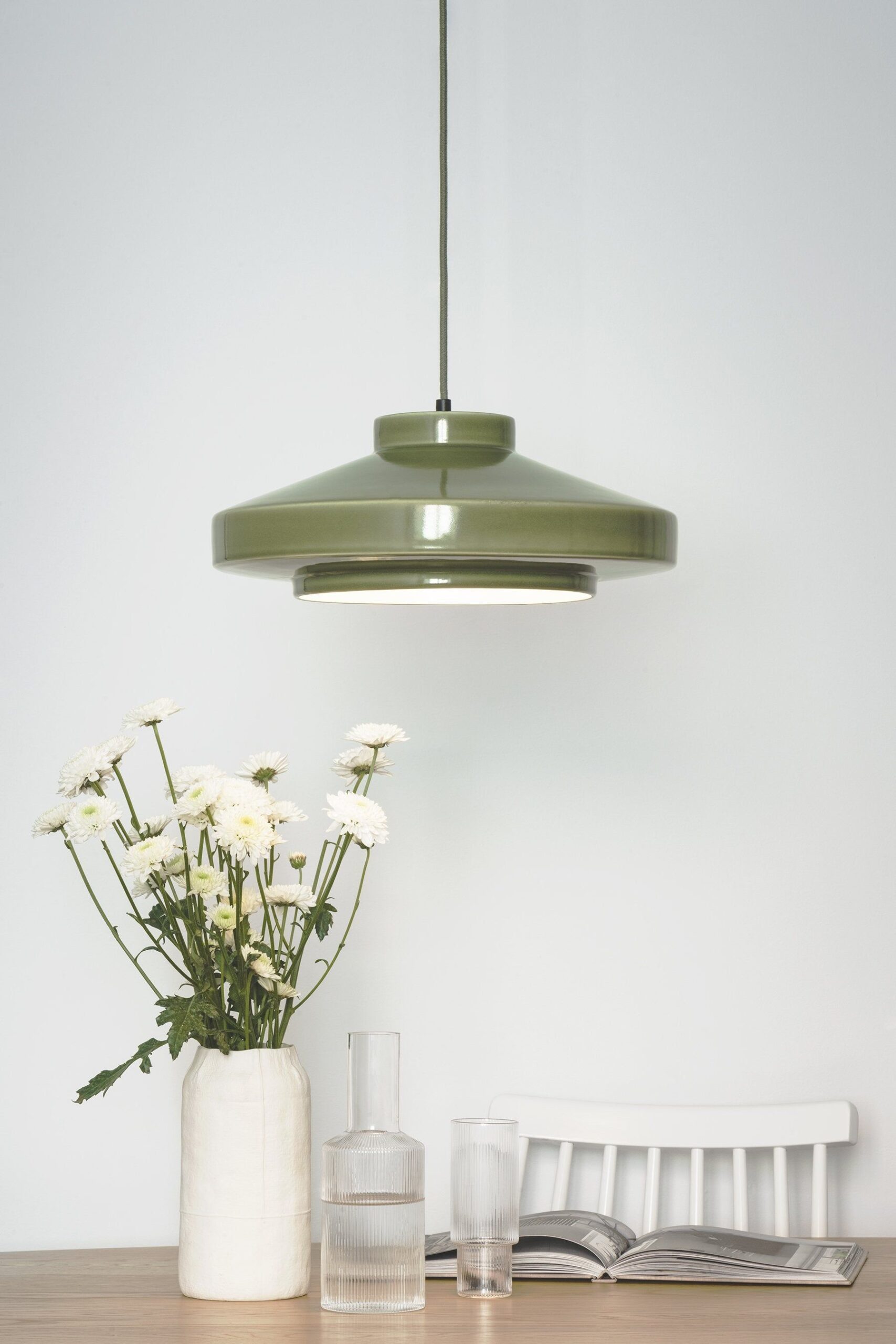
Kitchen lighting is an essential aspect of any kitchen design, as it not only serves the practical purpose of providing illumination for cooking and food preparation, but also plays a crucial role in creating a warm and inviting atmosphere. There are several different types of kitchen lighting options to consider, including ambient lighting, task lighting, and accent lighting. Ambient lighting is overall illumination that serves as the main source of light in the kitchen, usually achieved through ceiling-mounted fixtures or recessed lighting. Task lighting is focused on specific work areas, such as under-cabinet lighting for chopping vegetables or pendant lights over a kitchen island for meal preparation. Accent lighting is used to highlight certain features or decorative elements in the kitchen, such as a statement light fixture above a dining table or LED strip lights inside glass-front cabinets. When choosing kitchen lighting, it is important to consider the size and layout of the kitchen, as well as the overall style and design aesthetic. By incorporating a combination of different lighting sources, homeowners can create a well-lit and visually appealing kitchen space that is both functional and beautiful.
When designing the lighting for a kitchen, there are several important factors to consider. One of the key elements is task lighting, which is essential for activities such as chopping vegetables, reading recipes, and cooking. Under-cabinet lighting is a popular choice for providing bright and focused illumination on countertops, making it easier to see what you are doing while preparing food. Pendant lights over the kitchen island or dining table can also provide functional lighting for specific tasks, as well as add a touch of style to the space.
Another crucial aspect of kitchen lighting is ambient lighting, which sets the overall mood and atmosphere of the room. This can be achieved through the use of overhead fixtures such as chandeliers, recessed lighting, or track lighting. The goal of ambient lighting is to create a warm and inviting space where family and friends can gather and enjoy meals together. By strategically placing ambient fixtures throughout the kitchen, you can ensure that the entire room is well-lit and visually appealing.
In addition to task and ambient lighting, accent lighting can also play a significant role in enhancing the aesthetics of a kitchen. This type of lighting is used to highlight specific features or areas of the room, such as artwork, architectural details, or decorative accessories. For example, LED strip lights can be installed above or below cabinets to illuminate the space and create a visually striking effect. By incorporating different types of lighting into your kitchen design, you can create a functional and beautiful space that meets all of your lighting needs.
 Decoration Ideas
Decoration Ideas







